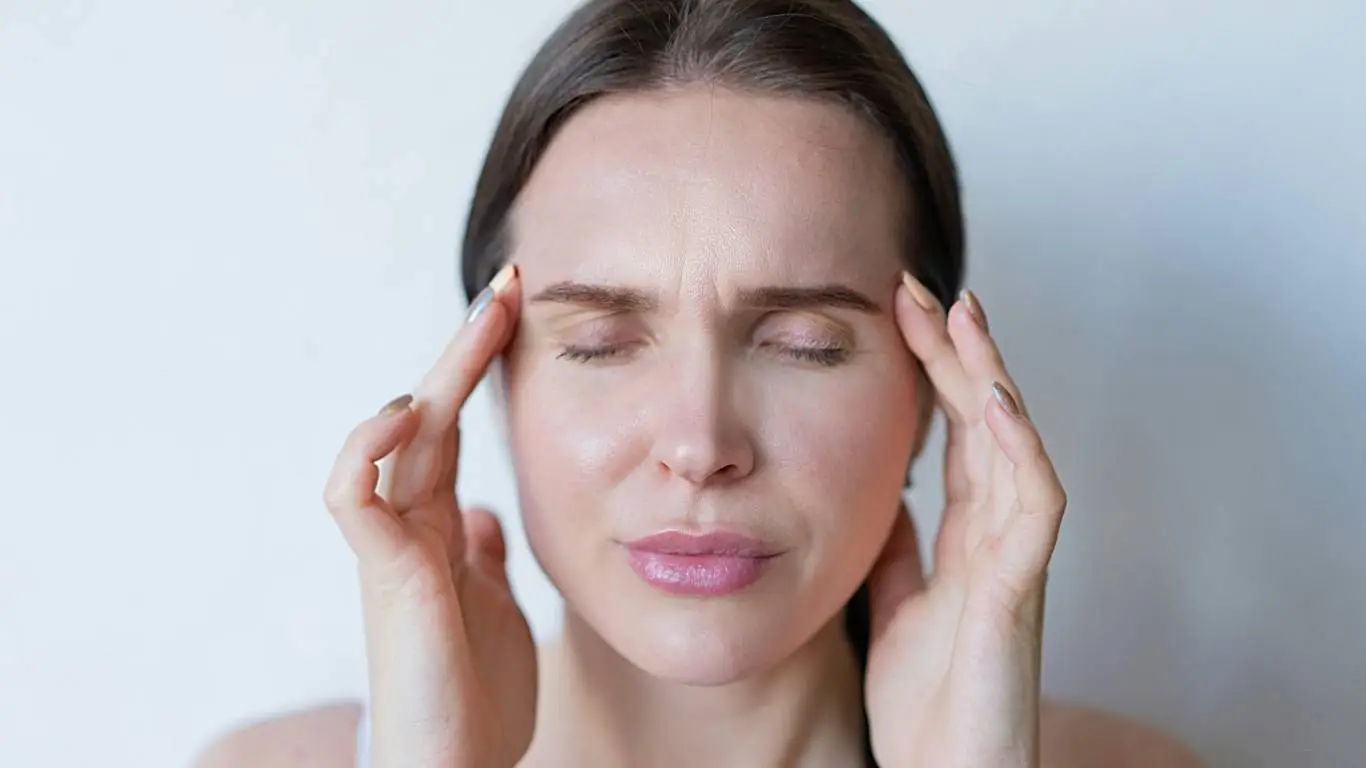Best Migraine Tracking Apps That Actually Help You Stay Ahead
Managing migraines has always felt like solving a puzzle—one that changes its shape every few weeks. For years, I carried around a tiny notebook to jot down symptoms, meals, stressors, and sleep patterns. But once I discovered migraine tracking apps, the entire process became not only easier, but also more insightful. These tools are more than just digital diaries—they’re personal assistants in managing one of the most unpredictable neurological conditions out there.
Why Track Migraines in the First Place?

Tracking your migraines isn’t about obsessing over pain—it’s about understanding patterns. Migraines don’t show up out of nowhere; they’re usually the result of a mix of triggers that unfold over hours or even days. The more data you collect, the more empowered you are to predict and prevent attacks.
- Track frequency and duration
- Identify recurring triggers
- Measure medication effectiveness
- Share insights with neurologists
According to Mayo Clinic, keeping a detailed migraine diary is often the first recommendation doctors make before prescribing preventive treatment.
Top Features to Look for in a Migraine Tracking App

Not all migraine apps are built the same. Some are minimalistic while others offer a comprehensive suite of tools. Over the past few years, I’ve tested nearly a dozen apps and found a few features that genuinely made a difference:
1. Symptom Logging
The ability to track the wide range of symptoms—from aura to nausea—is crucial. The more detailed your logs, the better your neurologist can interpret your migraine profile.
2. Trigger Detection
Look for apps that let you select from preset triggers like weather, sleep changes, or hormonal shifts, or add your own. Triggers often overlap with areas discussed in migraine trigger articles.
3. Calendar & Trend View
A clean, intuitive calendar view helps spot trends. Some apps go the extra mile and generate charts to visualize when your migraines peak during the month or correlate with external events like menstruation or work stress.
4. Medication Tracking
This can help you document what works—and what doesn’t. Apps with this feature support discussions around OTC migraine medications or even prescription plans.
5. Report Export
Sharing your logs during a neurologist appointment can be game-changing. Many apps allow you to export your data as a PDF or spreadsheet. It’s especially helpful for those undergoing formal migraine diagnosis.
Popular Migraine Apps Worth Trying

After lots of trial and error, I’ve narrowed it down to a few standout apps. While I won’t name every single app here, these options consistently get praise from migraine communities and specialists:
- App A: Offers comprehensive symptom tracking, trigger logging, and integration with wearable devices.
- App B: Focuses on simplicity and ease of use for beginners; includes helpful reminders for meds and hydration.
- App C: Designed with input from neurologists and allows cloud syncing for backup across devices.
Each of these apps aligns with advice from resources like Cleveland Clinic, especially on using behavioral tracking for better management.
Do Wearables Make a Difference?

Pairing a migraine app with wearables like smartwatches adds another layer of insight. Heart rate variability, sleep quality, and even temperature changes can all be tracked passively. This is where tools and devices come into play—see our full write-up on migraine tools and devices for more ideas.
Some trackers also connect with apps to give you push alerts when your body starts to show signs of early onset migraine. While not always perfect, I’ve personally avoided two major episodes simply because my smartwatch noticed my resting heart rate spike before I did.
How It All Connects to a Bigger Strategy

Migraine tracking apps aren’t standalone solutions. They’re most effective when combined with a well-rounded strategy that includes lifestyle adjustments, clinical treatment, and natural relief methods. For a broader view, you might explore our main guide at the Migraine & Headache hub.
From there, dive deeper into topics like:
- Preventive strategies tailored to your triggers
- Natural remedies that can complement tracking
- Step-by-step guide to starting a migraine diary
By making tracking a habit—not a chore—you can transform data into action. And that’s where real control begins.
AI-Driven Insights: The Future of Migraine Tracking

Many newer apps are leveraging artificial intelligence to do more than just collect data—they interpret it. With time, I noticed certain patterns that I missed entirely before the app pointed them out. For example, one app highlighted a correlation between my sleep quality and migraine onset with nearly 70% accuracy.
These AI-based platforms offer:
- Predictive alerts before an attack starts
- Personalized trigger assessments
- Integration with weather and barometric pressure data
Combining AI with tracking is still new, but studies like those from National Institute of Neurological Disorders and Stroke suggest that digital health innovations may help reduce both attack frequency and severity over time.
Wearable Device Integration: Smart and Seamless

Advanced migraine apps can now sync with fitness trackers and smartwatches to collect real-time data passively. This allows you to track:
- Sleep cycles and interruptions
- Heart rate variability (HRV)
- Hydration levels (in some models)
- Stress response over 24 hours
Apps that support wearable syncing also pair well with our in-depth reviews of relief devices. If you’re curious about the tech side, head over to top migraine relief devices and related tools.
My own device buzzes my wrist when it notices a sharp HRV drop—something I’ve come to recognize as a pre-migraine red flag. Syncing that info into the app gave me faster reaction time with meds and ice therapy, reducing downtime dramatically.
Evaluating App Effectiveness: Not Just Pretty Charts

While sleek interfaces and colorful graphs are nice, the real question is—is your migraine app making a difference? A few practical ways to gauge effectiveness include:
- Tracking if attack frequency decreases over a 3-month span
- Noticing if you’re catching warning signs earlier
- Feeling more in control during migraine onset
- Getting more tailored insights from your doctor due to better data
Combining your app logs with treatment insights—like those from cognitive behavioral therapy or traditional treatment plans—can help doctors adjust strategies more accurately.
Common Pitfalls When Using Tracking Apps

Using an app daily can sometimes feel overwhelming. Based on my experience and stories from others in the community, here are a few challenges to be aware of:
Over-Tracking
Logging every sneeze and hiccup isn’t sustainable. Stick to key symptoms, major triggers, and response to treatments.
Inconsistent Logging
If you skip logging for a week, the app can’t give accurate insights. Try to build a habit by setting daily reminders—or pair it with your morning coffee like I do.
App Fatigue
Switching between too many apps can cause confusion. Choose one that suits your needs and stick to it for at least 30 days before evaluating.
Beyond Apps: A Holistic Migraine Plan

While apps are powerful, they’re just one piece of the migraine management puzzle. The most effective plans I’ve seen involve layering strategies:
- Yoga and mindfulness to reduce stress-related attacks
- Supplements like magnesium for long-term balance
- Proper sleep posture to minimize overnight triggers
- Professional routines that blend tech with lifestyle
Your tracking app becomes far more useful when it works in tandem with these approaches. Think of it as your digital partner in a bigger lifestyle mission—not the only tool in your arsenal.
Connecting With Experts and Community

One overlooked feature in some apps is community forums or expert Q&As. These are invaluable when you’re trying to figure out whether what you’re feeling is common—or needs urgent attention. Communities also point out app hacks you might not discover on your own.
And if you’re considering seeing a specialist, apps can help you gather logs for your neurologist consultation. Trust me, walking into a doctor’s office with months of logged symptoms makes a huge difference in the depth of care you receive.
Bringing It All Together

Migraine tracking apps have come a long way from being simple symptom logbooks. They now offer predictive support, seamless integration with wearables, and most importantly—clarity. Clarity about what’s triggering your pain, what treatments are working, and how to plan better days ahead.
If you’re just beginning, start with an app that offers basic logging, and build from there. If you’re already deep into migraine management, consider exploring advanced integrations or even devices like Cefaly or Nerivio that pair with your logs.
And above all, keep coming back to the main migraine hub—your starting point for understanding, connecting, and living better with migraine.
